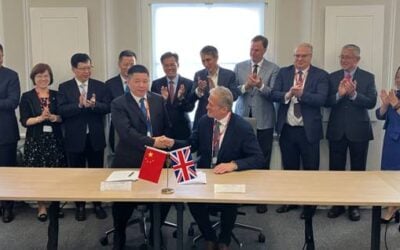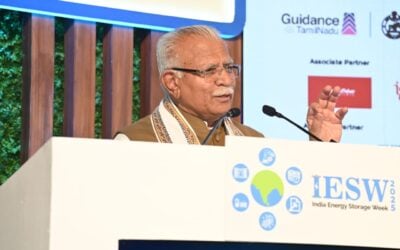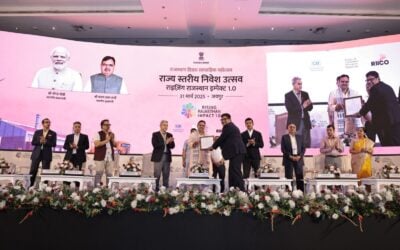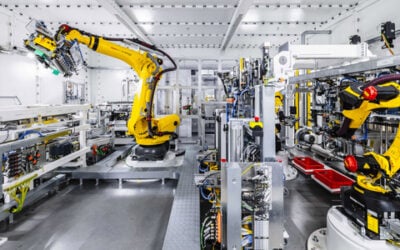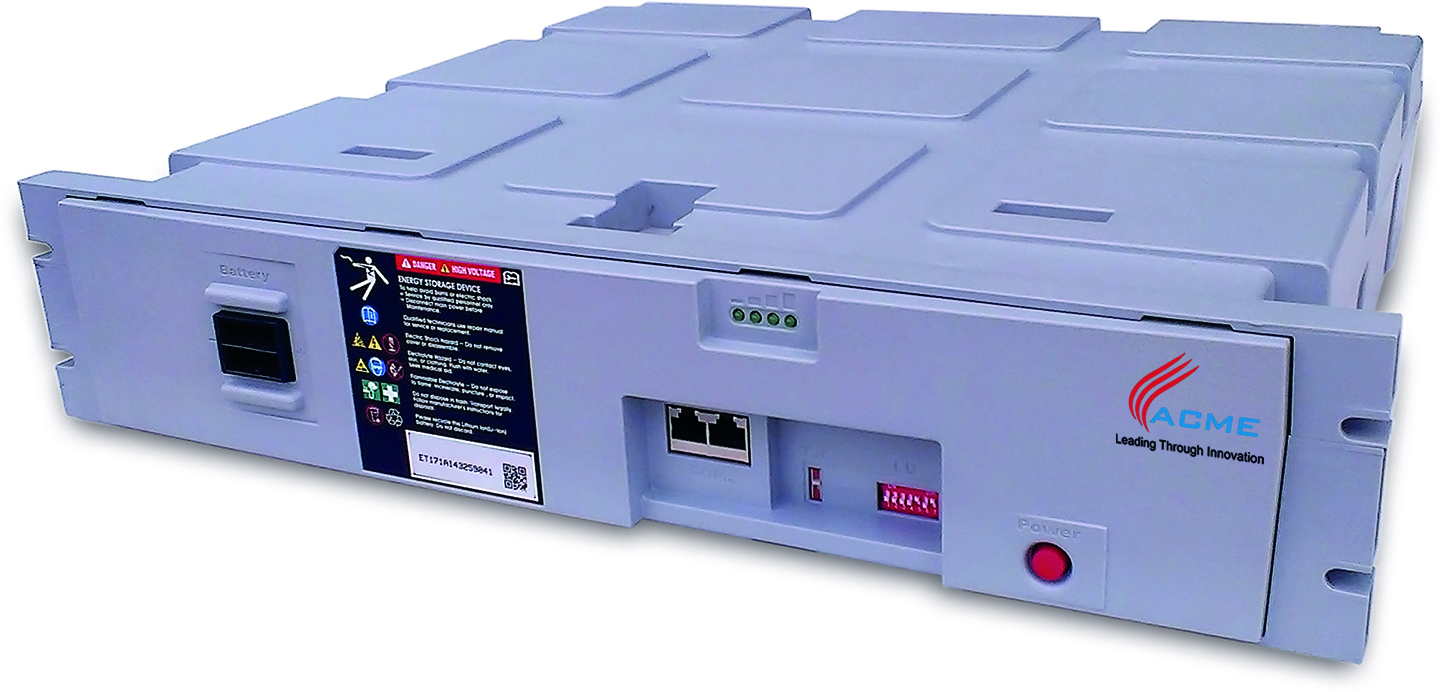
Battery manufacturing represents a “huge economic opportunity for India”, according to a draft ‘National energy storage mission’ (NESM) document, which outlines how the country could capture value across the supply chain and accelerate the country’s adoption of renewable energy.
The Indian government Ministry of New and Renewable Energy (MNRE) issued a statement towards the end of last week announcing the publication of a joint report on the potential for scaling up domestic manufacturing of batteries for EV. Written by NITI Aayog – (the National Institution for Transforming India) and US think tank Rocky Mountain Institute (RMI), the 36-page report makes key policy recommendations to take place in three distinct stages.
Enjoy 12 months of exclusive analysis
- Regular insight and analysis of the industry’s biggest developments
- In-depth interviews with the industry’s leading figures
- Annual digital subscription to the PV Tech Power journal
- Discounts on Solar Media’s portfolio of events, in-person and virtual
While the MNRE statement referred to energy storage as “one of the most crucial and critical components of India’s energy infrastructure”, with the mission itself and its Expert Committee brought together to achieve an objective of becoming a leader in the energy storage sector, the report focuses almost exclusively on the manufacture of batteries for EVs. The NESM also suggests incentives and other ways to accelerate the market, such as tax incentives and land grants for manufacturers as well as the streamlining of permitting systems.
India is aiming for 100% of car sales to be electric by 2030, which NITI Aayog and RMI said was ambitious but achievable, with a supportive government and an “active and involved consortium”. In fact, the report’s authors only mention addressing the need for batteries for the stationary storage market once this all-electric consumer transport future has been reached.
In March, power minister R.K Singh chaired a meeting with battery-based energy storage manufacturers calling on them to set up manufacturing units in India, stating that a “Make in India” policy supporting such efforts and similar to ‘Make in India’ policies for other sectors was forthcoming.
In the short term, the industry also received a boost just a few weeks ago when the rate of the newly introduced Goods and Services Tax (GST) – applied across all sectors of the Indian economy – that is applicable to lithium-ion batteries, was cut by 10%.
Three-stage recommendations
The NESM draft document recognises that India lacks significant natural resources in terms of the materials commonly used in batteries. Due to its focus on mobility, the majority of discussion in the report centres around nickel-manganese-cobalt battery chemistries as these are the most commonly used energy storage devices in EVs.
Stage 1
The report recognises therefore that in the short term at least, Indian manufacturing could or should focus on assembling battery packs domestically using imported cells from competing vendors. So at first, India should incentivise and encourage investment in this battery assembly sector, while simultaneously also investigating if the means exist for individual companies to foster battery cell manufacture domestically.
The industry across India should “develop partnerships and a multi-stakeholder consortium” for conducting joint research, pooling investment as well as developing better battery tech and recycling. A consortium should also be convened to help inform government, officials and other stakeholders on how standardisation, recycling and end-to-end strategy should evolve in future.
Stage 2
In the second stage, battery cell research conducted by the aforementioned consortia will inform decisions on implementing a strategy for domestic battery cell manufacturing. Participants will also be expected to establish best practise plans for the full manufacturing value chain, including investment in new battery chemistries where appropriate and recycling. The battery manufacturing consortium will also be putting together its supply chain to feed into its future plans.
Stage 3
The third stage would bring the various stakeholders together across India to coordinate the rolling out and use of batteries as part of the country’s energy infrastructure. There would also be a “rapid scaling” of battery cell manufacturing infrastructure. The report takes as an example Tesla’s decrease of close to 80% in its battery manufacturing costs in the years between 2010 and 2016 as its much-vaunted Gigafactory project was announced and then got underway.
“India must carefully consider how to enter this marketplace, and a large part of the battery manufacturing consortium’s role will be to advise on a collaborative strategy for development,” the draft document said.
“Part of the purpose of the consortium will be aligning Indian battery cell manufacturing behind a singular strategy to reduce costs through mass manufacture and shared development, de-risking cell manufacturing investments and using market reconnaissance and alert R&D groups to guard against early factories’ becoming stranded assets if battery chemistries shift.”
There are all kinds of drivers for deploying new and renewable energy in India, including improving energy access for rural populations and support for domestic industries. NESM highlighted one obvious advantage of investment in batteries being that “every battery purchased will reduce oil imports for many years to come, improving future years’ trade balance and reducing India’s exposure to oil price shocks”.
“India must carefully consider how to enter this marketplace, and a large part of the battery manufacturing consortium’s role will be to advise on a collaborative strategy for development,” the report adds.
The lack of lithium reserves in India is not thought to be a major barrier to adoption. The report states that even by 2030, only about 0.7% of known global lithium reserves will be used to meet rising demand for EV batteries.

